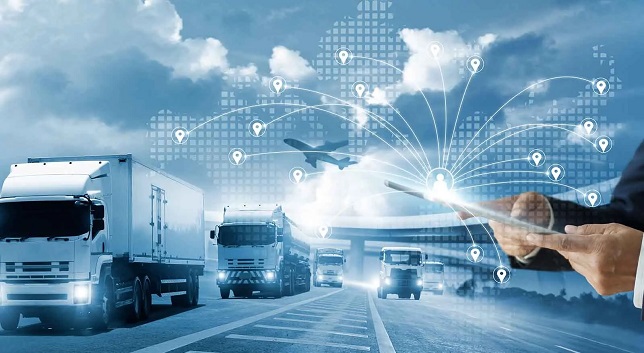Overview
RMAC solutions must provide dependable connectivity with little physical involvement, frequently for extended periods of time in remote places.
* Battery lives of several years in LPWA models
* MIMO antennas to greatly reduce errors and boost data speeds
* Over-the-air updates to avoid unnecessary field visits
* Wide temperature range to ensure durability in harsh environments
Between 2019 and 2025, the total number of IoT connections will double, reaching 24 billion globally. One of the main factors driving this increase is the desire of both businesses and individuals to remotely monitor and operate assets. Remote monitoring and control (RMAC) systems are assisting humanity in making more effective use of finite resources, such as fresh water, fertile land, and energy, in addition to saving time and increasing production.
For example, irrigation system management for farmers is now done remotely, while thermostat adjustments for homeowners are now done via apps. Remote monitoring and control systems are increasingly frequently utilised to monitor important parameters, such as temperature, level, pressure, and flow rate, in the energy, chemical, and wastewater industries. As a result, less resource is wasted and operations are carried out more quickly and effectively.
The capacity to remotely monitor and control assets has grown even more crucial given the COVID-19 pandemic's limits on movement.
Remote monitoring and control solution for your automation challenges
• Environmental monitoring and data logging systems
• HACCP process monitoring for food manufacturing industry
• Pharmaceutical storages environmental parameters logging
• SNMP managers monitoring and control systems
• Internet of things generation SCADA systems
Systems for remote control and monitoring were initially developed to control significant and complicated processes in several industries, including aviation, energy, and others. More and more economic sectors are turning to monitoring systems as a flexible management tool as a result of technological advancements.
These systems are made up of electronic, electrical, and mechanical parts that work together to gather, analyse, and react to a lot of data. As a result, they may automatically react to changes in parameters in accordance with a predetermined algorithm.
Systems for remote monitoring include sensors, actuators, information-gathering modules, network connections, and a central computer with a strong human-machine interface.
Results:
$20bn Industrial spend on IoT data analytics by 2026
$21.3bn Government spend on endpoint electronics by 2022

